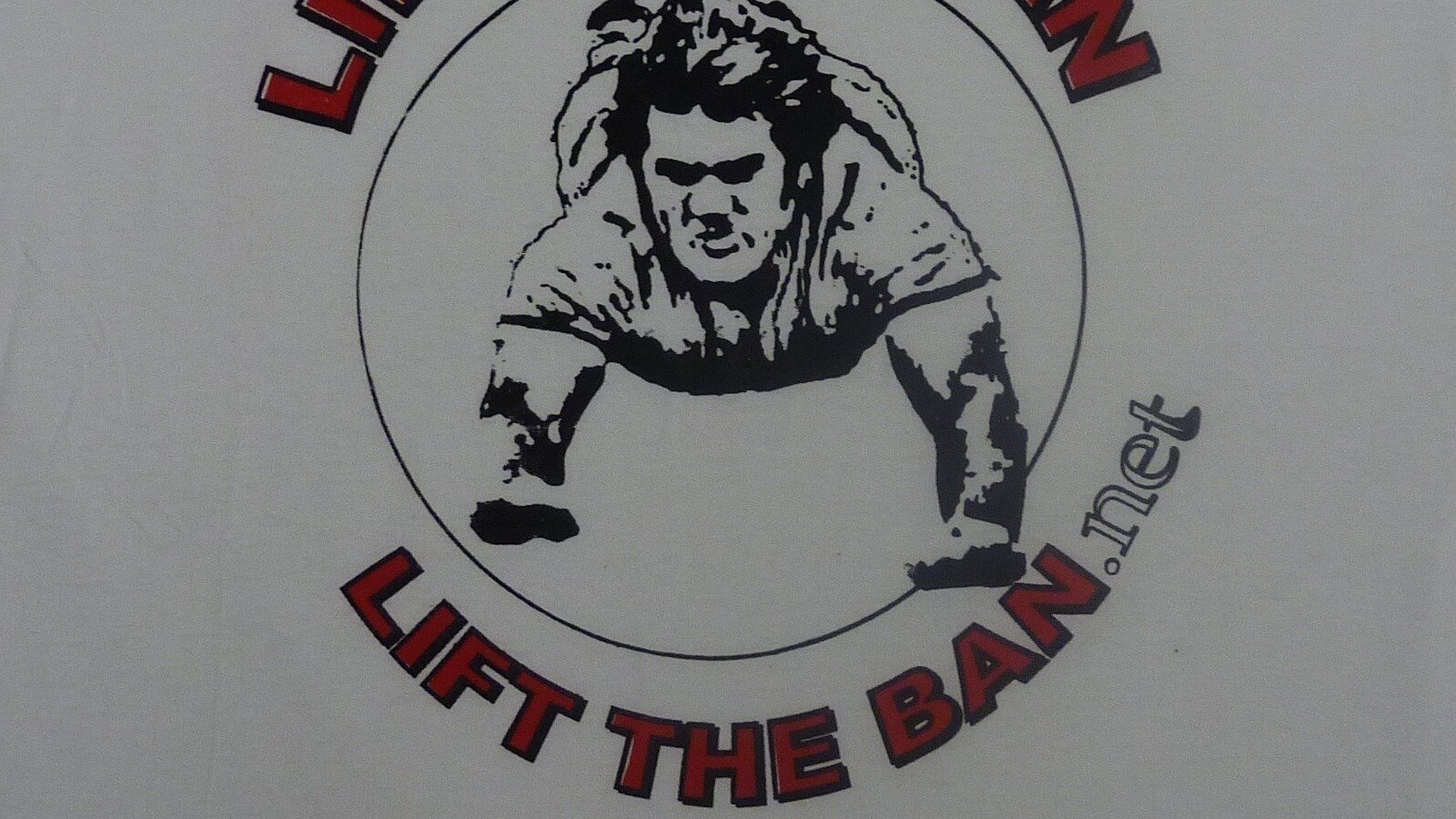Europe's Response To Shifting Russian Military Dynamics

Table of Contents
Enhanced Military Cooperation within NATO and the EU
The escalating threat from Russia has spurred unprecedented military cooperation between NATO and EU member states. This collaboration is crucial for bolstering collective security and deterring further aggression. Increased defense spending across the continent reflects this commitment to a stronger defense posture. Key aspects of this enhanced cooperation include:
- Increased Defense Spending: Many European nations have pledged to increase their defense budgets, exceeding the NATO target of 2% of GDP. This funding fuels modernization efforts and enhances military capabilities.
- Joint Military Exercises: Regular joint military exercises, involving troops from multiple NATO and EU countries, improve interoperability and readiness. These exercises simulate various scenarios, including responses to Russian aggression.
- Intelligence Sharing: The sharing of intelligence is critical for early warning and effective response to potential threats. Improved communication and information exchange between member states are vital components of this effort.
- Development of Joint Capabilities: Collaborative efforts are focused on developing joint military capabilities, such as air and missile defense systems, reducing redundancies and maximizing resource efficiency.
- Strengthening of Eastern Flank Defenses: A significant increase in NATO troop deployment along its eastern flank, particularly in the Baltic states and Poland, serves as a visible deterrent against potential Russian incursions.
These cooperative measures aim to enhance deterrence and ensure a united front against potential Russian aggression, underpinned by the collective security guarantee of NATO's Article 5. The creation of the European Defence Fund further symbolizes the EU's commitment to strengthening its collective defense capabilities, complementing and supporting NATO efforts.
Strengthening Sanctions and Economic Pressure on Russia
The imposition of wide-ranging sanctions against Russia represents a significant component of Europe's response to shifting Russian military dynamics. These sanctions aim to cripple the Russian economy, thereby limiting its ability to fund and sustain its military operations. However, their effectiveness remains a subject of ongoing debate.
- Types of Sanctions: Sanctions encompass financial restrictions (freezing assets, blocking transactions), energy sanctions (restrictions on oil and gas imports), and technological sanctions (restricting access to crucial technologies).
- Impact on the Russian Economy: While sanctions have undoubtedly inflicted damage on the Russian economy, their impact has been uneven. Russia has demonstrated resilience in some areas, aided by its substantial energy exports and other resource-rich sectors.
- Challenges in Enforcing Sanctions: The effectiveness of sanctions is hampered by challenges in enforcement, particularly regarding circumvention through third-party countries. International cooperation is crucial in preventing such circumvention.
- Impact on Energy Markets in Europe: Sanctions on Russian energy have significantly impacted European energy markets, leading to price volatility and necessitating a renewed focus on energy independence and diversification of energy sources.
- Progress Towards Energy Independence: European nations are accelerating efforts to reduce their reliance on Russian energy, investing in renewable energy sources and exploring alternative energy partnerships.
The debate regarding sanctions' long-term effectiveness continues. Some argue for a more comprehensive and coordinated approach, possibly including further restrictions on specific sectors or individuals. Others suggest exploring alternative approaches to pressure Russia, focusing on diplomacy and targeted measures.
Adapting Defense Strategies to Address New Threats
Russia's utilization of hybrid warfare tactics—combining conventional military actions with cyberattacks, disinformation campaigns, and other asymmetric methods—requires a fundamental shift in European defense strategies.
- Focus on Hybrid Warfare: European nations are investing significantly in capabilities to counter hybrid threats. This includes strengthening cybersecurity defenses, enhancing intelligence gathering, and countering disinformation campaigns.
- Cyber Warfare: Investment in robust cybersecurity infrastructure and skilled personnel is crucial for protecting critical national infrastructure from cyberattacks.
- Disinformation Campaigns: Combating disinformation requires strengthening media literacy, supporting independent journalism, and developing effective counter-narratives.
- Investment in Defensive Technologies: Modernization of armed forces involves investing in advanced defensive technologies, including missile defense systems and improved early warning capabilities.
- Strengthening National Resilience: Building national resilience against hybrid threats requires a whole-of-government approach, involving collaboration between military, civilian, and private sector actors.
These adaptations aim to improve the resilience and adaptability of European defenses in the face of evolving threats, particularly the unpredictable and asymmetric tactics employed by Russia.
The Role of Ukraine in Shaping Europe's Response
The war in Ukraine has profoundly impacted Europe's response to shifting Russian military dynamics. The conflict has served as a stark reminder of the immediate threat posed by Russia and has galvanized international support for Ukraine.
- Military Assistance: Extensive military aid, including weapons, training, and intelligence support, has been provided to Ukraine by various European nations and the US, significantly affecting the course of the conflict.
- Humanitarian Aid: A large-scale humanitarian effort is underway to alleviate the suffering of Ukrainian civilians displaced by the war.
- Territorial Integrity: Europe's unwavering support for Ukraine's territorial integrity and sovereignty demonstrates the determination to uphold international law and prevent further Russian aggression.
The ongoing conflict in Ukraine highlights the critical need for continued adaptation and preparedness in the face of Russian military aggression. The war's outcome will undeniably shape Europe's security architecture for years to come.
Conclusion
Europe's response to shifting Russian military dynamics is a multifaceted undertaking involving enhanced military cooperation, strengthened sanctions, and the adaptation of defense strategies to counter evolving threats. The conflict in Ukraine has been pivotal in shaping this response, highlighting the need for sustained commitment and collaboration. The challenge necessitates a proactive and adaptive approach, requiring continuous investment in defense capabilities, intelligence sharing, and resilient societal structures. Staying informed about this dynamic geopolitical landscape is crucial for understanding the evolving security challenges and the ongoing efforts to safeguard European interests. We urge readers to remain engaged with this critical issue and continue exploring the complexities of Europe's response to shifting Russian military dynamics.

Featured Posts
-
 What We Learned About Treasuries On April 8th
Apr 29, 2025
What We Learned About Treasuries On April 8th
Apr 29, 2025 -
 British Paralympian Vanishes In Las Vegas Hostel Belongings Found
Apr 29, 2025
British Paralympian Vanishes In Las Vegas Hostel Belongings Found
Apr 29, 2025 -
 Report Mlb Reviews Petition To Lift Pete Roses Ban
Apr 29, 2025
Report Mlb Reviews Petition To Lift Pete Roses Ban
Apr 29, 2025 -
 Controversial Cardinal Fights For Conclave Inclusion
Apr 29, 2025
Controversial Cardinal Fights For Conclave Inclusion
Apr 29, 2025 -
 Wrong Way Crash On Minnesota North Dakota Border Texas Woman Killed
Apr 29, 2025
Wrong Way Crash On Minnesota North Dakota Border Texas Woman Killed
Apr 29, 2025
